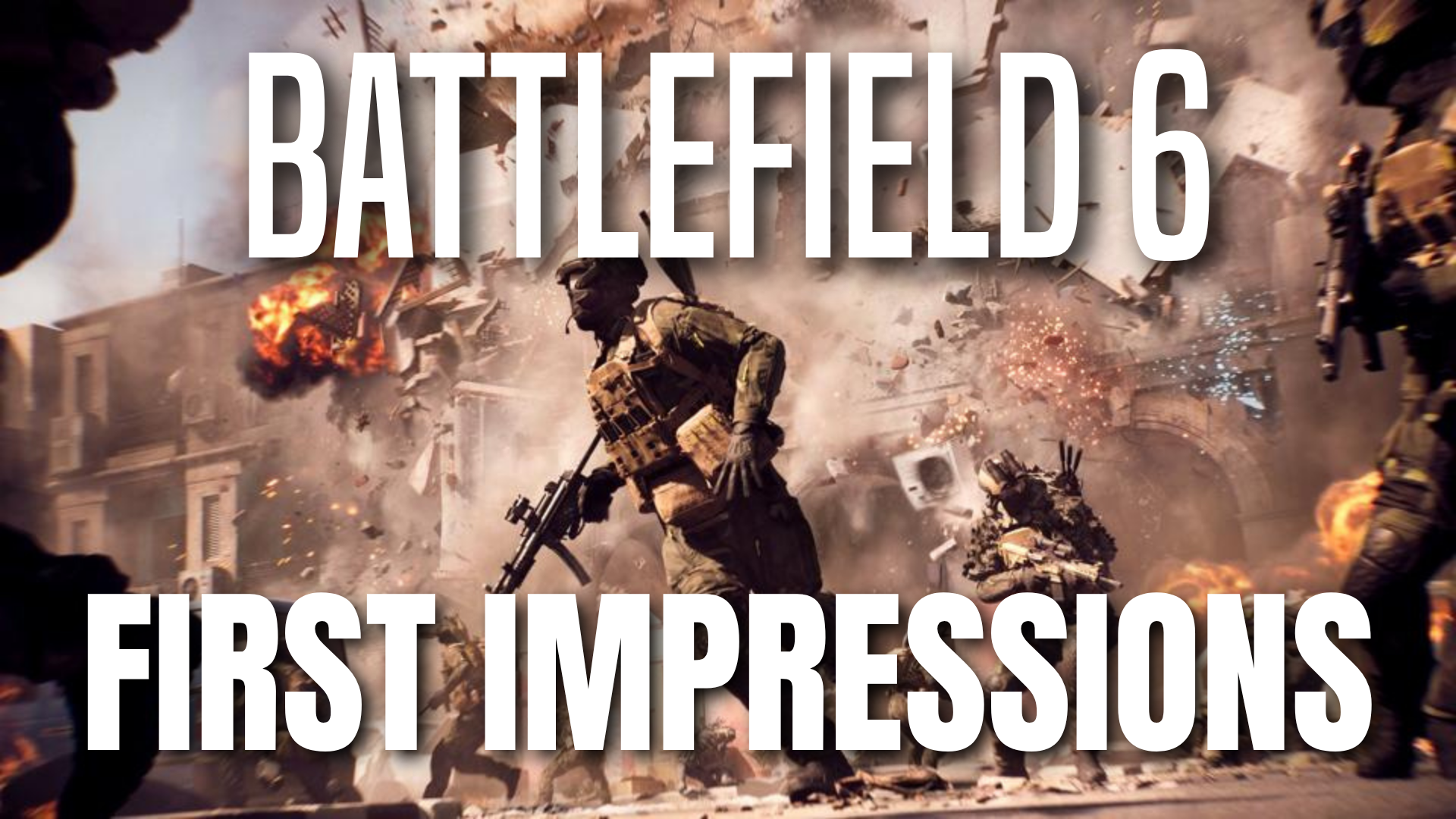Menu
Contact

In the rapidly evolving landscape of video game development, certain artistic elements and design philosophies have become relics of the past. As technology advances and player expectations shift, we've left behind some unique and cherished aspects of gaming. This article delves into the lost arts of video games, exploring techniques and features that were once integral to the gaming experience but have since faded into obscurity.
Before the era of 3D graphics and motion capture, hand-drawn animation was the lifeblood of video game visuals. Artists painstakingly crafted each frame, resulting in fluid, expressive animations that breathed life into characters and environments. Games like "Dragon's Lair" and "Another World" showcased the potential of this technique, creating visually stunning experiences that still captivate players today.
The transition to 3D graphics has brought its own set of advantages, but the charm and personality of hand-drawn animation remain unmatched. Some modern indie games have attempted to recapture this magic, but it remains a rarity in the industry.
Once the primary visual style for all video games, pixel art has largely been supplanted by high-definition graphics. Born from the technical limitations of early hardware, pixel art forced artists to be incredibly creative within strict constraints. The result was a unique aesthetic that has become iconic in gaming history.
Games like "Super Mario Bros." and "The Legend of Zelda" defined generations with their pixelated worlds. While pixel art has seen a resurgence in indie games, it's no longer the industry standard it once was. Nevertheless, the skills required to create effective pixel art remain valuable, representing a form of digital craftsmanship that balances technical limitations with artistic expression.
Remember frantically inputting complex button combinations to unlock secret characters or special modes? Cheat codes were once a staple of gaming, offering players ways to bend the rules and discover hidden content. They added an extra layer of mystery and excitement to games, encouraging exploration and experimentation.
The Konami Code (↑↑↓↓←→←→BA) is perhaps the most famous example, appearing in numerous games across different platforms. With the rise of achievements, downloadable content, and online leaderboards, traditional cheat codes have become increasingly rare. While they may not fit into modern gaming structures, they represent a lost art of game design that prioritized player agency and discovery.
As online gaming has risen to prominence, the art of local multiplayer has diminished. There was a unique magic in gathering friends around a single screen, sharing controllers, and engaging in friendly competition or cooperation. Games like "GoldenEye 007" and "Mario Kart 64" became social events, fostering a sense of community and shared experience that online play struggles to replicate.
While some developers still champion local multiplayer, it's no longer the default mode of social gaming. The loss of this feature represents a shift in how we interact with games and each other, trading physical presence for the convenience of online connectivity.
Physical game manuals were once works of art in themselves. Packed with lore, artwork, and helpful tips, they extended the game world beyond the screen. Opening a new game and poring over its manual was a ritual that built anticipation and immersed players in the game's universe before they even pressed start.
Today, most games rely on in-game tutorials and digital manuals, leaving behind the tactile experience of flipping through a well-designed booklet. While this shift has environmental benefits and allows for easier updates, it has also led to the loss of a unique aspect of game packaging and presentation.
As we celebrate the advancements in modern gaming, it's worth remembering these lost arts. They represent not just nostalgic elements, but unique approaches to game design that shaped the industry we know today. While technology continues to push the boundaries of what's possible in video games, there's value in reflecting on the techniques and features that once defined the medium.
Perhaps by acknowledging these lost arts, we can inspire new generations of game developers to incorporate elements of the past into future innovations. After all, in the world of video games, everything old can become new again, reimagined for a contemporary audience while honoring the rich history of this dynamic and ever-evolving art form.

Thanks to PlayStation’s State of Play, we now get a preview of what looks to be a worthy reboot for the iconic globetrotter.

According to reporting from Extra Points, EA has rescinded its licensing proposal after enough schools nationally chose to license with 2K instead.

It’s been four years since Battlefield 2042. That game built hype with massive maps, immersive gameplay, and the promise of dynamic weather — ambitious, to say the least. But what we got was a buggy mess with busted servers and missing staple features, even non-negotiables like in-squad voice chat. The backlash was immediate: negative reviews poured in, and some players demanded refunds. With 2042 widely seen as a failure, EA went back to the drawing board, bringing together four of its most talented teams to create a game that could both redeem and revive the franchise.